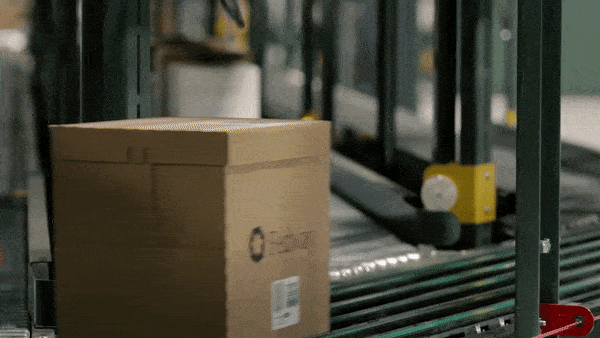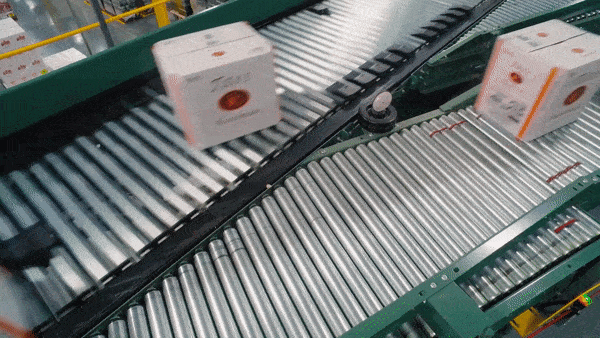
Online sales directly to the consumer in the wine and spirits industry used to be a tiny niche, compared to typical distribution methods, but the newest trend, fueled by COVID, is anything but.
In 2020, bars and restaurants shut their doors, leading consumers to make the decision to shop online. U.S. E-commerce sales of alcohol increased more than 80% in value during the pandemic (IWSR). A year later, the sales have plateaued, but are still 15% to 20% higher than pre-pandemic levels. Consumers turned to online shopping because of an external factor, and a surprising number have stuck around after that factor has been eased.
Online liquor stores have seen increases in sales, spurring investor interest. Last February, Uber purchased Drizly for $1.1 billion (Barrons). Consumer interest is certain to increase in eCommerce purchasing as users adopt the buying behavior, and experience the benefits over traditional liquor store visits. Along with Drizly, a few other online liquor stores run in the races, including:
Uptown Spirits
ReserveBar
Thrive Market
Wine.com
Bright Cellars
Nestor Liquor
Minibar
Flaviar
Wine.com
How does this affect the wine and spirits industry? Supply chains will have to accommodate for order fulfillment, that is having the necessary material handling solutions in place to ensure an order gets packed, labeled, and sorted to its end destination. This is quite different from what is typically processed in a wine and liquor distribution operation.
Cartons (usually packed within 6 bottles) are sent to be palletized or loaded in a truck, which makes deliveries to liquor stores, bars, and restaurants. With an online order, each package is customized and can contain a variety of items (kitting).
Wine and liquor warehouses will have to store individual items, accurately pick and pack them, apply a shipping label, and send them to the customer’s doorstep safely and within a few days’ time.
Integrating order fulfillment is a carefully planned and engineered project, but the long-term growth and profits will dwarf the initial investment once implemented fully.
Order fulfillment is one of Century’s specialties. We’ve had experience in the past engineering systems specifically for eCommerce operations, and we’d like to pass along our recommendations on the solutions that are used.
1. Storage and Pick Modules
Managing a fully stocked wine and spirits warehouse can get complicated when a large variety of products are offered. This creates a need for both short-term and long-term pallet storage. Automation in the form of an ASRS (automatic storage and retrieval system) can rapidly retrieve pallets that need to be distributed or store long-term inventory in the most optimal spot within a racking system.
An ASRS uses a crane attached to a horizontal and vertical track, scaling the racking structure, and using extendable forks to handle pallets. The operator terminal provides information on what product is stored where, and the ASRS operates when a retrieve or store command is inputted.
2. Conveyor System
A tried-and-true conveyor system will be the most accurate, simple, and efficient solution for a wine and spirits warehouse. Conveyors are dynamic in the sense that there are hundreds of additional solutions that can be integrated in the layout. Being highly customizable, each conveyor system is engineered according to the layout of the wine and spirits operation.
In the wine and spirits industry, the key to stable operations is ensuring cartons avoid damage. A zero-pressure accumulation conveyor (like this conveyor, manufactured by Hytrol) does not allow cartons to touch, by properly maintaining space between each and stopping the rollers when the accumulation zone is full. This is especially important when fulfilling specific customer orders that may include unevenly sized items.
3. Pack Tables
In order fulfillment, stations are positioned at infeeding operations so that orders can be packaged and sent to a label application. A worker or autonomous robot picks the products and brings it to a pack table. The worker checks to ensure that the order is correct in places in any invoicing documents, and places the items in the package with void-fill.
Pack tables are simple to integrate, and sit aside a main conveyor, so that workers can simply push orders from their tables onto the conveying surface.
4. Print and Apply Stations
Affixing identifiable tags on packages is crucial to ensuring their deliverability. Scanners and sensors across the line depend on a readable tag for it to make it to its destination. Print and apply systems do exactly that. However, there are multiple systems depending on the identification process use and where the box must be marked. Applications can roll-on, wipe over, corner wrap, air blow, and stamp labels.
The direction the box must be scanned also plays a role in a solution selection, but it will outpace manual operations regardless.
5. Sortation
Sortation systems separate products for induction into individual lanes typically associated with an outbound destination. Various types of sortation and conveyor systems are often connected to comprise a fully functioning material handling solution.
The type of sortation integrates highly depends on what product is being moved. For a fragile wine and spirits operation, care must be taken in selecting a stable method of diverting the packages. Sliding Shoe and Narrow Belt sorters are best suited for safely, yet quickly, sending items to where they need to be.


6. Warehouse Management System
The ability to have complete visibility of your warehouse inventory at all times is paramount to operating effectively. A warehouse management system (or WMS) stores vital information such as alcohol percentage, storage location, best-by dates for rotation, and a multitude of SKU data for ordering. A WMS can even offer a best shipping rate selector and presents data with correct state alcohol regulations applied.
Besides being a source of important product information, a WMS can apply that information within your warehouse operations. For example, if the wrong item is picked and placed on an outbound conveyor, the scan tower will read the label and the WMS will recognize it is in the wrong batch, stopping that section of conveyor and sounding an alarm for a worker to remove the incorrect item.
7. Reverse Logistics
Returns are a constant area of disconnect in operations when it comes to order fulfillment. There needs to be a planned intake process to return the items to storage and re-fulfill the order with the correct products.
When returns enter back into a warehouse, they’re put in a separate staging area. Depending on the condition of the item, or whatever the nature of the return is, it may be returned to inventory, sent to another distributor who sells discount items or discarded.
Once a return item has been rescanned in the system, the customer’s order will either be marked as fulfilled (so they can receive their money back) or another order will be placed (in the event they were sent the wrong item, but they still need the correct item sent to them).
Century Systems has extensive experience in integrating warehouse automation systems in the wine and spirits material handling industry. View the video below on a system we engineered and integrated with Fedway Associates.



